Imagine a world where massive, shaggy giants wandered ancient forests, their claws tearing at trees and their bulk reshaping entire landscapes. These were the giant ground sloths—some of the most astonishing and misunderstood mammals to ever walk the Earth. Towering over most animals of their time, these Ice Age behemoths were not the slow, gentle creatures we might imagine. Instead, they were powerful and disruptive, their appetite for vegetation helping to sculpt the very environment they called home. The story of the giant ground sloths is one of survival, adaptation, and, ultimately, extinction—a saga that still holds lessons for us today.
Unearthing the Giants: Discovery and Fossil Evidence
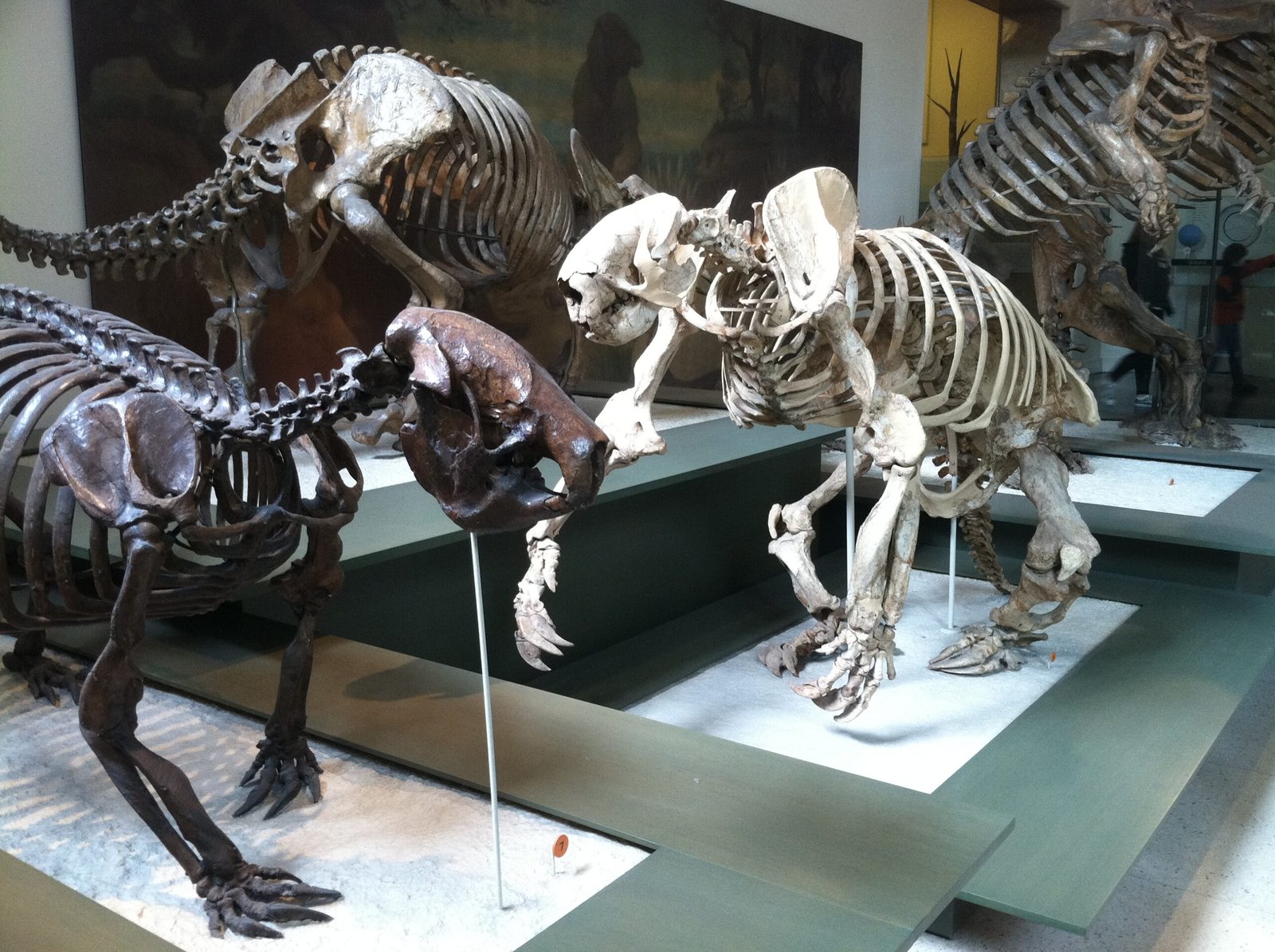
The first hints of giant ground sloths emerged from the ground as mysterious bones, so enormous that early scientists thought they belonged to monsters or even ancient humans. In the late 18th century, fossils uncovered in South America sparked global curiosity. These bones, some as large as telephone poles, revealed a creature unlike any alive today. Paleontologists have since found remains across both North and South America, from the caves of Brazil to the tar pits of California. Each discovery paints a vivid picture: these mammals could reach up to 20 feet in length and weigh a staggering 4 tons, making them larger than today’s elephants. Their fossilized footprints, claw marks, and dung tell stories of migration, diet, and even social behavior, offering us rare glimpses into a lost world.
Species of Giants: Not Just One Sloth
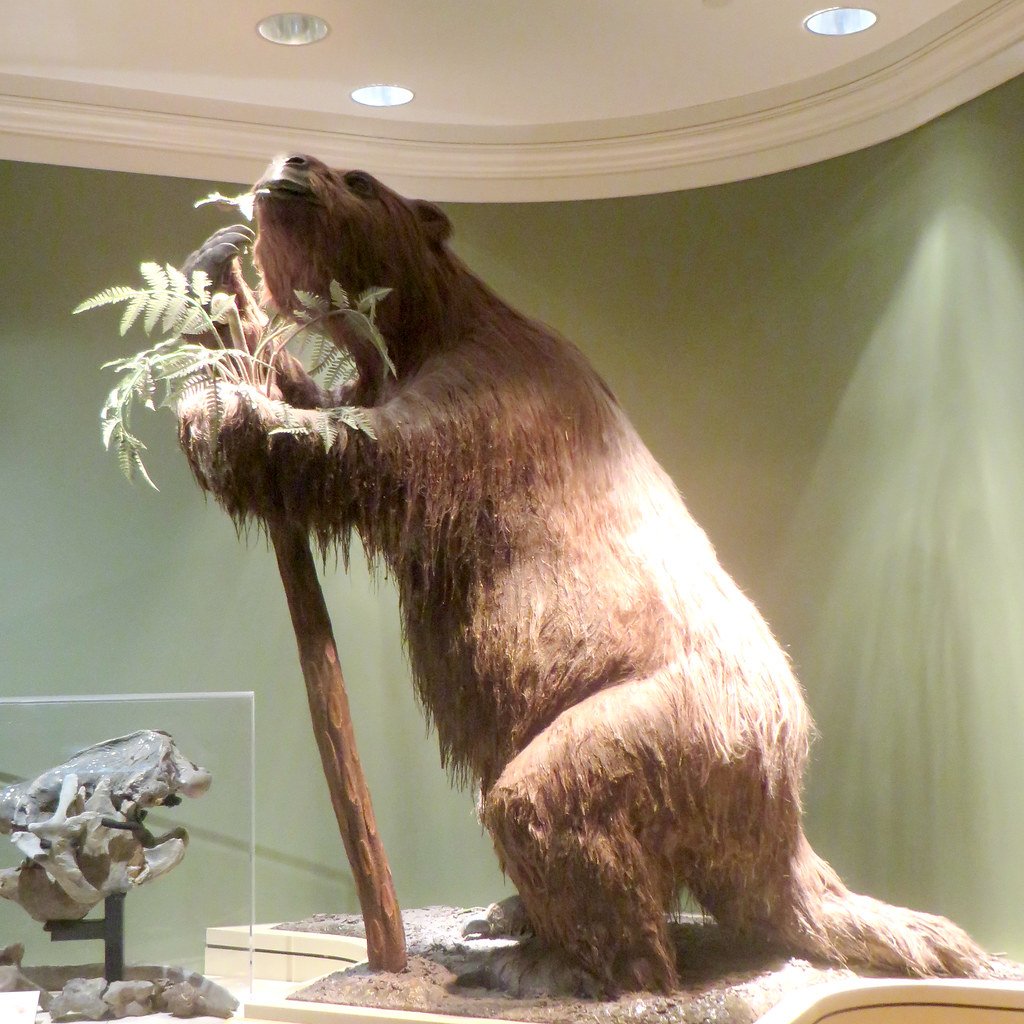
It’s easy to imagine giant ground sloths as a single species, but in truth, there were many, each with its own quirks and adaptations. The most famous was Megatherium, the “great beast” from South America, known for its colossal size and tree-toppling strength. North America hosted Eremotherium, which could stand upright like a bear, and the smaller, more nimble Mylodon. Some sloths, like the Shasta ground sloth, were adapted to arid deserts, while others thrived in lush forests or grasslands. Each species played a unique role in its ecosystem, from pruning tall trees to digging burrows that provided shelter for other animals. Their diversity is a testament to how successful and widespread these giants once were.
Physical Marvels: Anatomy Built for Destruction
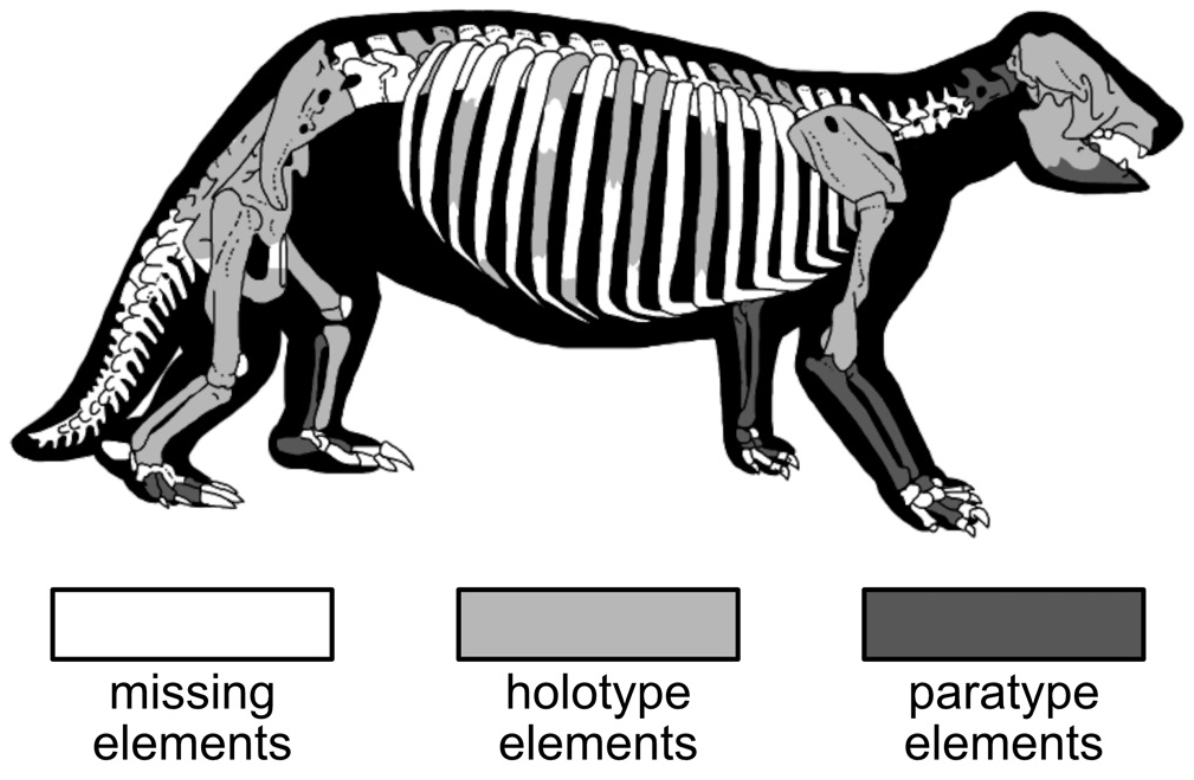
Giant ground sloths boasted a body plan designed for power. Their long, muscular forelimbs ended in enormous, sickle-shaped claws, perfect for grabbing and shredding tough branches. Their hips and hind legs were so robust they could rear up on two legs, using their tails as a third point of balance—a pose that let them reach high branches other herbivores could only dream of. Their teeth were flat and ridged, ideal for grinding fibrous plants and even bark. Some species had bony plates embedded in their skin, offering protection like natural armor. Despite their size, these creatures moved with surprising agility when needed, and their imposing presence meant few predators dared challenge them.
Diet and Feeding Habits: Nature’s Bulldozers
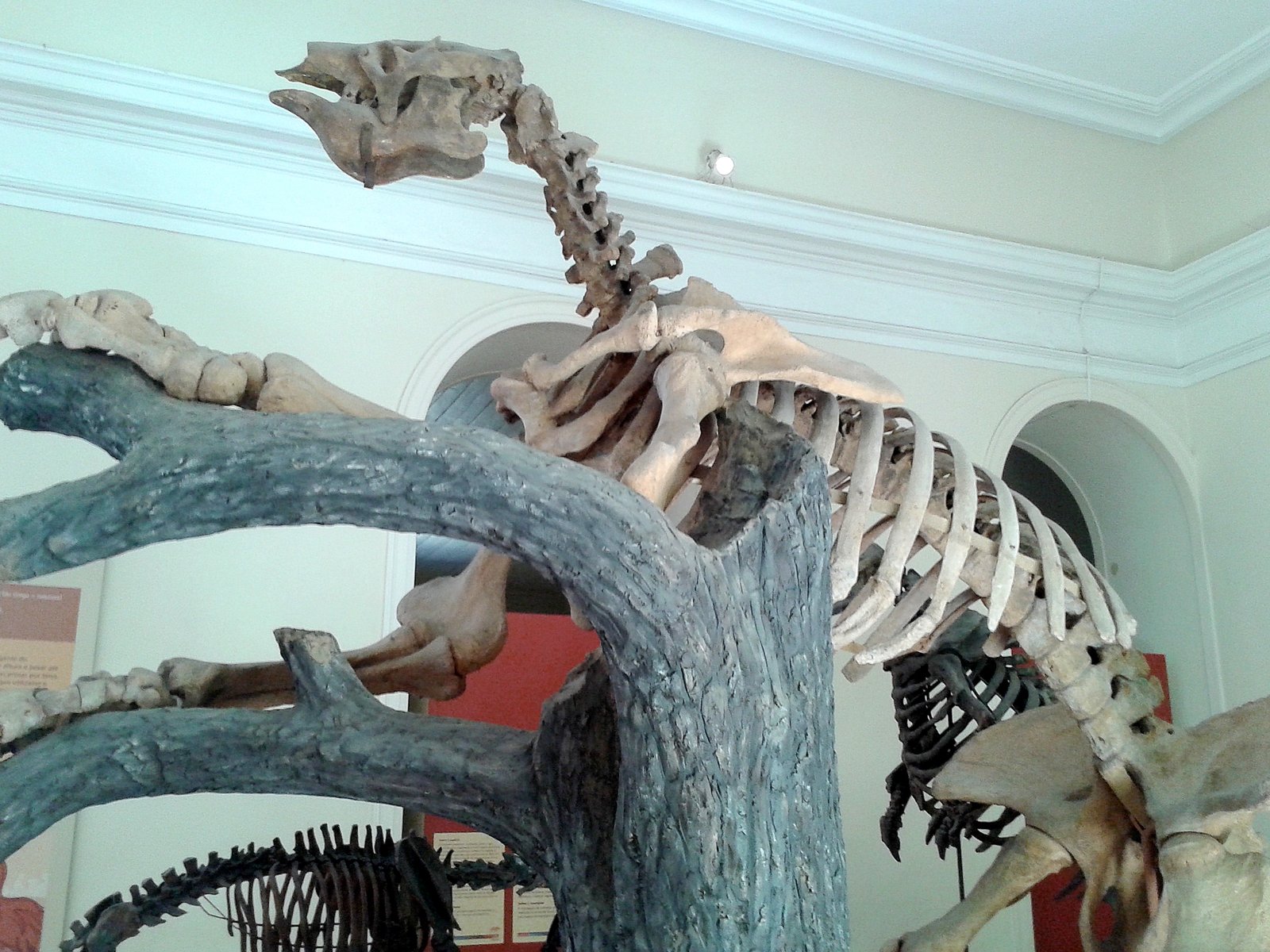
Forget the image of a gentle, leaf-nibbling sloth. Giant ground sloths were nature’s bulldozers, feasting on a buffet of leaves, twigs, fruit, and even hard tree bark. They didn’t just eat from trees—they toppled them, snapping trunks with their immense weight and strength. Their foraging left behind broken limbs and cleared patches, creating open spaces where new plants could take root. This constant reshaping of the landscape made them ecosystem engineers, much like elephants in Africa today. Their massive appetites helped recycle nutrients, foster new growth, and support a wide variety of plant and animal life. In some regions, their dung even served as a crucial seed dispersal tool, helping forests regenerate after their passing.
Sloths and Their Forests: Shaping Ancient Landscapes
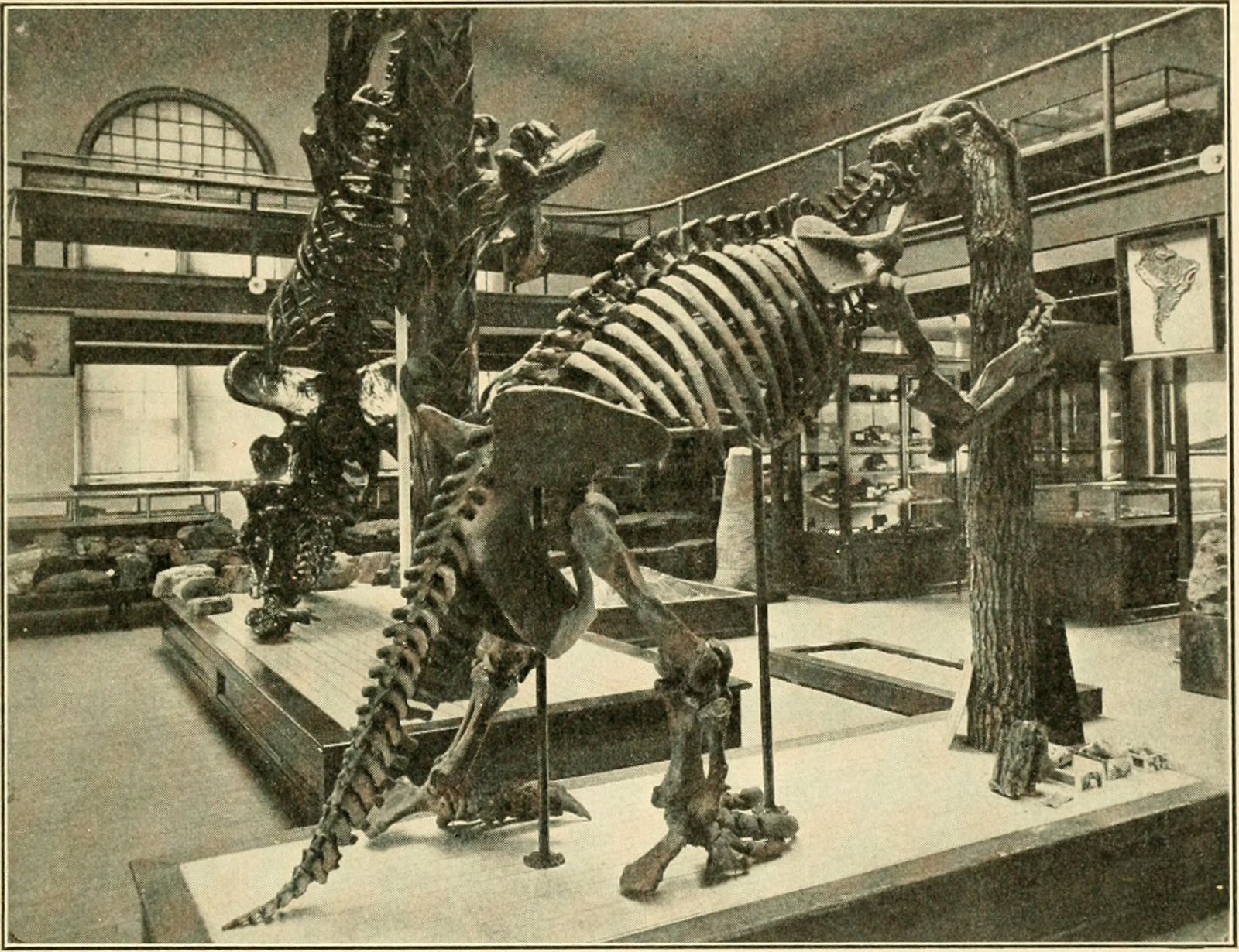
The impact of giant ground sloths went far beyond their diet. Their tree-destroying habits opened up dense forests and kept woodlands from becoming too crowded. By clearing away old or sick trees, they made room for sunlight and new growth, boosting biodiversity. Their digging and trampling churned the soil, helping water and nutrients reach plant roots. Just as beavers are called “ecosystem engineers” for reshaping rivers, these sloths were the architects of prehistoric woodlands. Without them, forests might have looked very different—thicker, darker, and less diverse. Their presence helped maintain a balance between open grassland and closed forest, benefiting countless other creatures.
Enemies and Survival: Facing Ice Age Predators
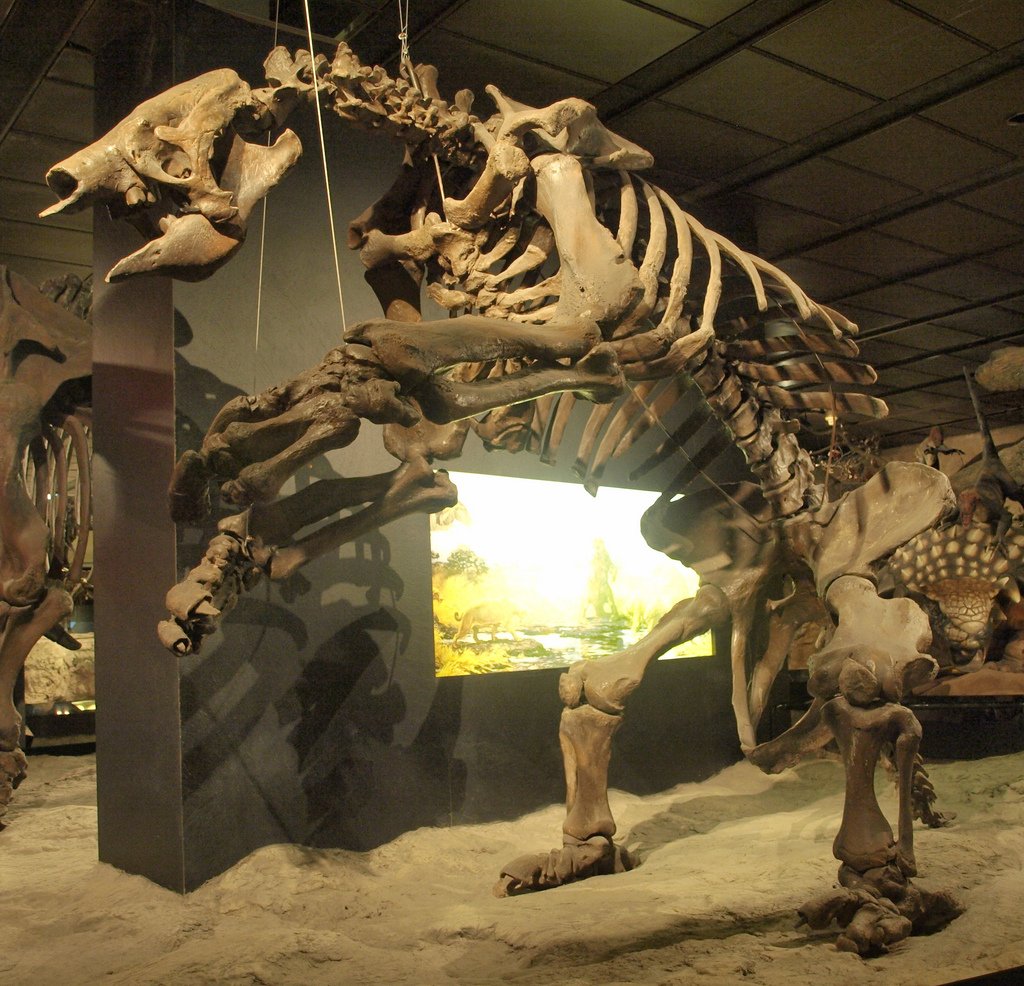
Despite their size and strength, giant ground sloths were not invincible. Saber-toothed cats, dire wolves, and even early humans saw them as potential prey. Fossil evidence shows bite marks on sloth bones and even healed injuries, suggesting that predators often attacked but didn’t always succeed. Their best defense was their bulk and those formidable claws, which could deliver a powerful swipe. Some scientists believe that young or weaker sloths might have fallen victim more often, while adults relied on group living or strategic movement to avoid danger. Still, the constant threat of predation shaped their behavior and evolution over thousands of years.
Climate Change: The Chill That Changed Everything

The Ice Age brought dramatic shifts in climate, with glaciers advancing and retreating, reshaping continents and ecosystems. Giant ground sloths had to adapt to cooler temperatures, changing vegetation, and shifting habitats. Some species migrated south to warmer regions, while others adapted by changing their diet or behavior. But as the climate warmed at the end of the Ice Age, their world changed too quickly. Forests shrank, grasslands expanded, and many of the plants they depended on disappeared. These rapid changes put immense pressure on sloth populations, making survival harder with each passing year.
The Human Factor: A Deadly Encounter
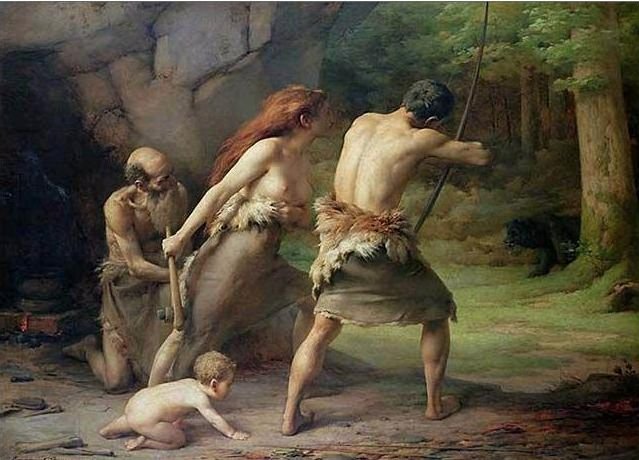
As the Ice Age ended, a new threat emerged—humans. Early people arrived in the Americas armed with tools, fire, and cunning. Evidence from archaeological sites shows that humans hunted giant ground sloths for meat, hides, and bones. Some researchers believe that overhunting, combined with climate change, dealt a fatal blow to already struggling populations. Ancient cave paintings and butchery marks on bones tell a story of conflict and coexistence. While humans admired and perhaps even revered these giants, they also saw them as valuable resources in a harsh, changing world.
Extinction: The Fall of the Giants
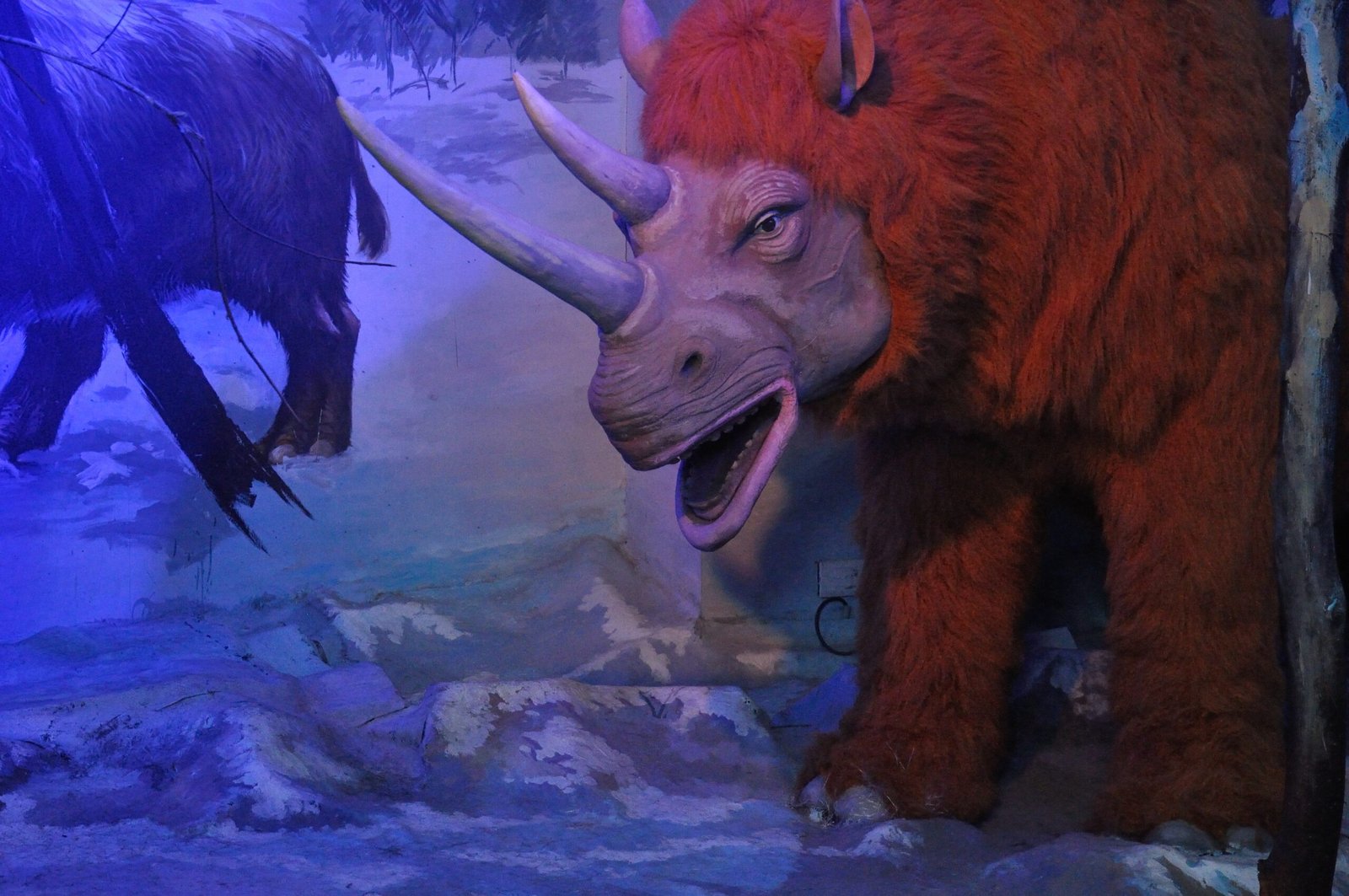
By around 10,000 years ago, the last of the giant ground sloths had vanished from the Americas. Their disappearance marked the end of an era, as many other Ice Age giants—mammoths, saber-tooth cats, and more—also faded into history. Scientists still debate the exact causes: Was it climate, humans, disease, or a combination of all three? Whatever the reason, their extinction left a gaping hole in the ecosystems they once shaped. Without their tree-destroying habits, forests grew denser, and the balance between grassland and woodland shifted. The world was never quite the same without these mighty mammals.
Legacy and Lessons: Why Giant Ground Sloths Matter Today
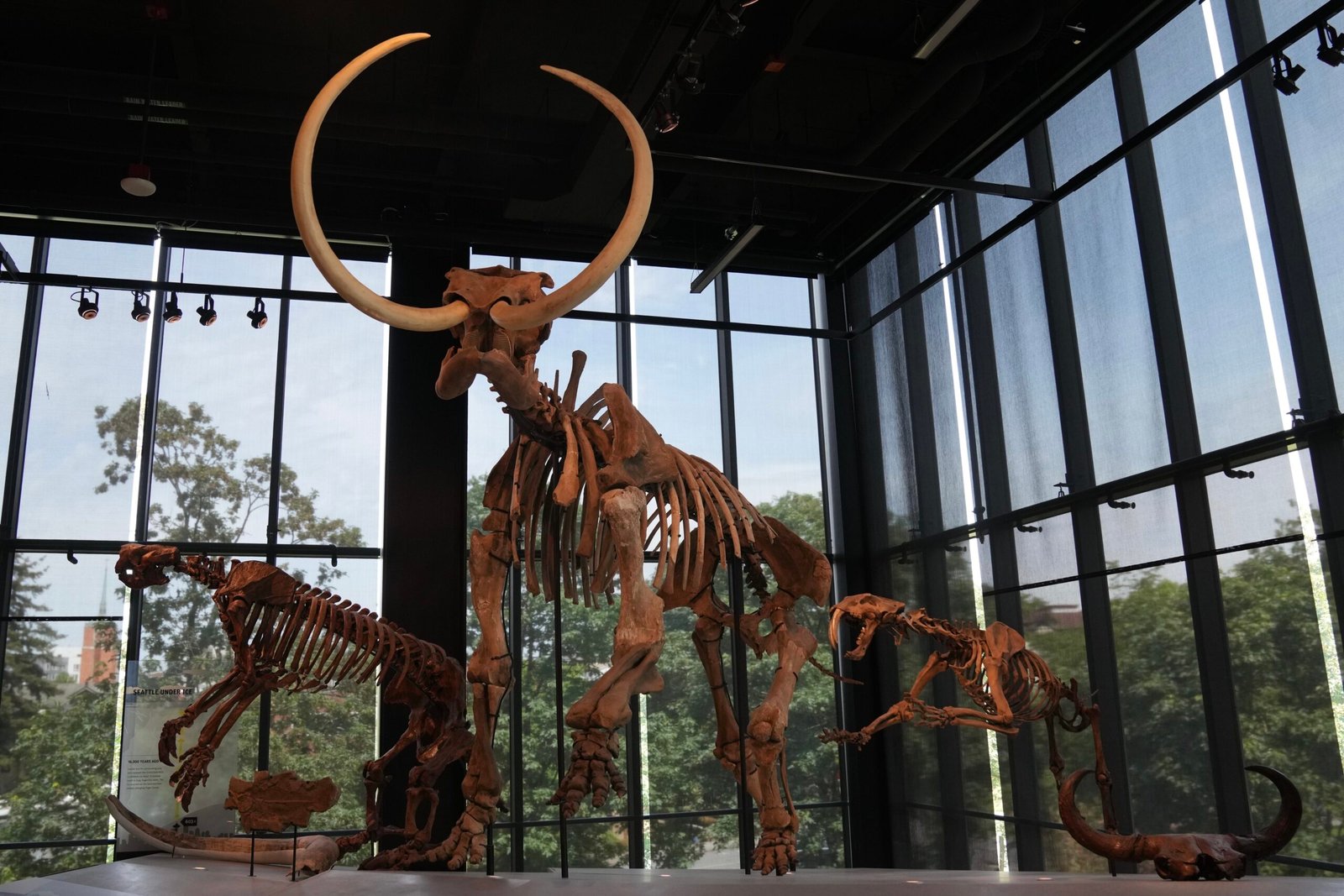
Though they are gone, giant ground sloths continue to inspire awe and curiosity. Their fossils help scientists understand how ecosystems function and how big animals shape their environment. Modern conservationists look to their story as a warning: when keystone species disappear, the ripple effects can last for millennia. Some researchers even imagine what would happen if sloths—or animals like them—returned to fill their ecological role. Their tale reminds us that the world is shaped by both nature’s giants and the smallest changes. In studying their rise and fall, we glimpse the fragile balance that all life depends on.
What would our world look like if these tree-destroying giants still roamed our forests?



